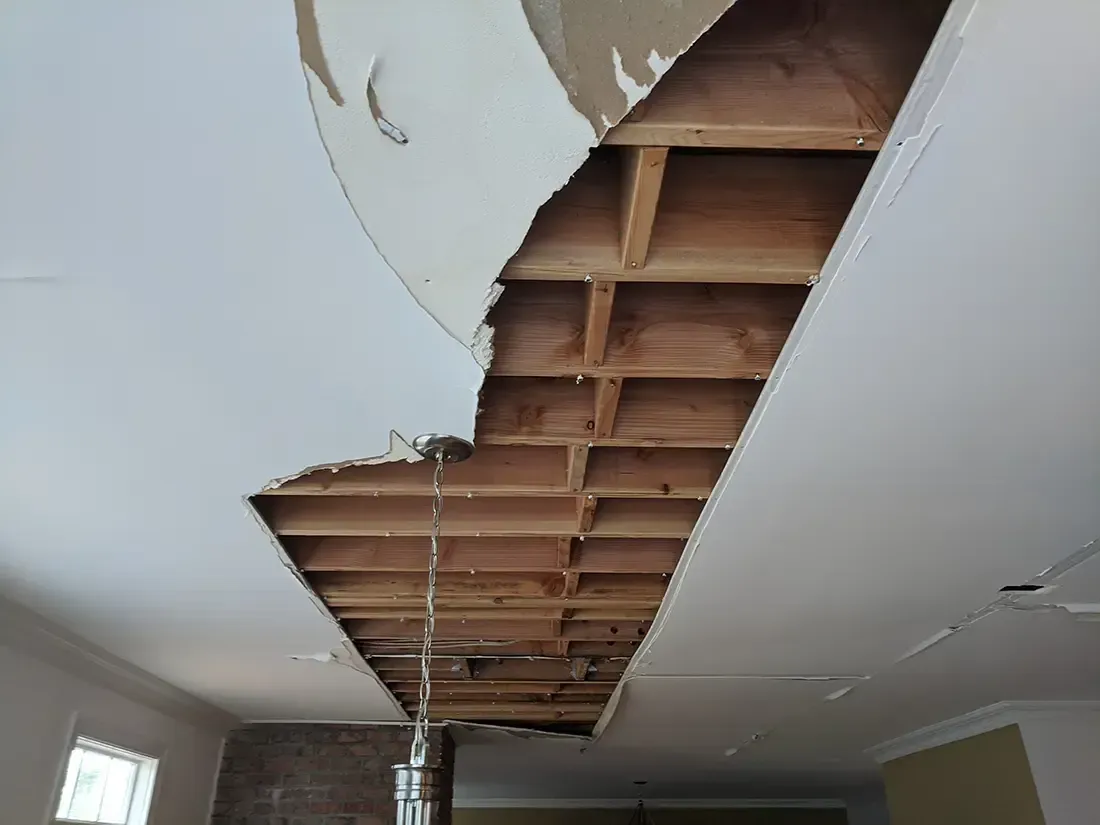Key Safety Tips for Dealing with Floods: Water Damage Lafayette, LA

Living through a flood is a horrible experience; there is no other way to put it. Unfortunately for those living in Lafayette Louisiana, flooding is an all too common occurrence. Once the water levels stop rising, it is common for people to rush into the water to try and salvage what they can and to clean their space. This is a pitfall that people should avoid because of potential health and safety risks. Regarding flooding, ensuring safety involves specific steps to assess and mitigate risks directly related to the floodwater and its impact.
Wait to Enter the Water: Trust Water Damage Remediation Specialists in Lafayette, LA
Critical Safety Essentials: Two Things You Can't Ignore
- You do not want to enter a flooded space that does not have proper ventilation. If it is safe, ventilate your home by opening windows and doors. This helps to dissipate any fumes or gases that may be present, especially if there are chemicals or fuel spills.
- Floodwater can be contaminated with sewage, chemicals, or other hazardous materials. Avoid contact with the water if possible. If you must enter it, wear waterproof boots and gloves.
Professional water damage remediation specialists in Lafayette LA prioritize safety above all else, which extends to workers and people living in the home.
Other Key Risk Factors for Dealing with Water Damage in Louisiana
- Be Mindful of Electrified Water: Keep Your Cool - Although water has stopped rising and seems safe to enter, that might not be true. Electrical hazards are a genuine concern that might not be apparent until it's too late. Ensure that the electricity is turned off at the main breaker, especially if there's standing water inside your home. Even if the power is out in your neighborhood, shutting off electricity is crucial to avoid the risk when the power is restored. Safety is paramount in these conditions, so take the extra step and kill the lights—make sure you have flashlights readily available.
- Water Damage and Structural Integrity - Flooding can also damage the structural integrity of a space. Water is one of the most destructive forces on Earth, which means it can cause structural damages that make the space unsafe for people. Ensure it's safe before entering by looking for signs of structural damage. Flooding can weaken structures, making them dangerous to enter. If you're unsure about the integrity of the building, do not enter and seek a professional evaluation.
- Do You Smell Something: Gas Leaks and Water Damage - If something smells off when entering your home or flooded areas, it should be cause for alarm, not something to be dismissed. The thing that matters most at this time is detecting gas leaks. Simply put, flooding can cause gas leaks. If you smell gas or hear a blowing or hissing noise, open a window and leave the building. Call your gas company from a safe location.
- Flooding can cause gas leaks through various means. The immense force of floodwaters can shift the ground or buildings, leading to cracks or breaks in underground gas lines. The water can dislodge appliances that use natural gas, straining or breaking their connections. Over time, water exposure can corrode pipes and fittings, while erosion can expose and damage them further. Additionally, floating debris can strike and damage external gas fixtures, and the pressure from floodwaters can impair valves and joints in the gas supply system. Even safety mechanisms designed to shut off gas flow during line breaks can be overwhelmed in severe floods, increasing the risk of leaks. In any flooding event, you must be cautious of these risks and seek professional assistance if you suspect gas line damage.
Trust the Best Water Damage Remediation Lafayette LA has to Offer
Remember, your safety is the most important consideration. If you're uncertain about the safety of your home after a flood, it's best to seek assistance from emergency services or professional disaster recovery services. Our team has the knowledge and equipment to restore your space while prioritizing health and safety. A flood is a horrible thing to experience, and as such, it can cause people to act erratically: keep your cool and remain safe. This is the best way to restore your space to its former glory.
You might also like
DryMax Restoration Blogs




